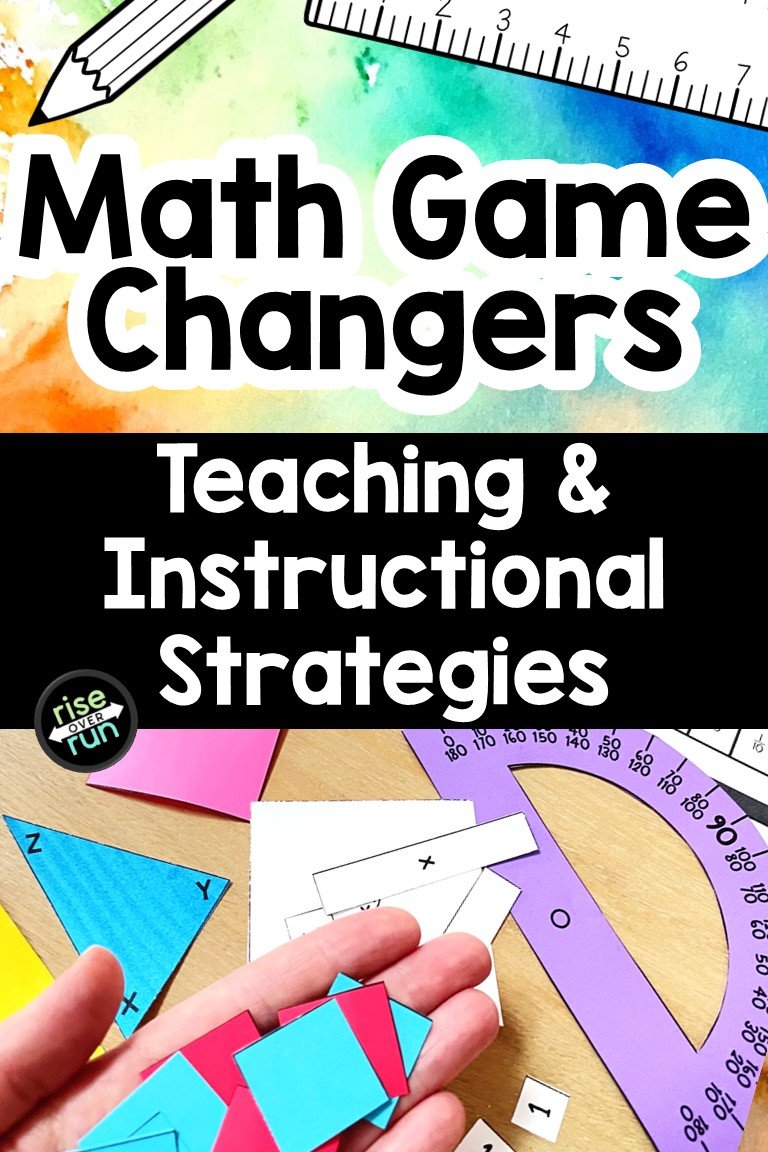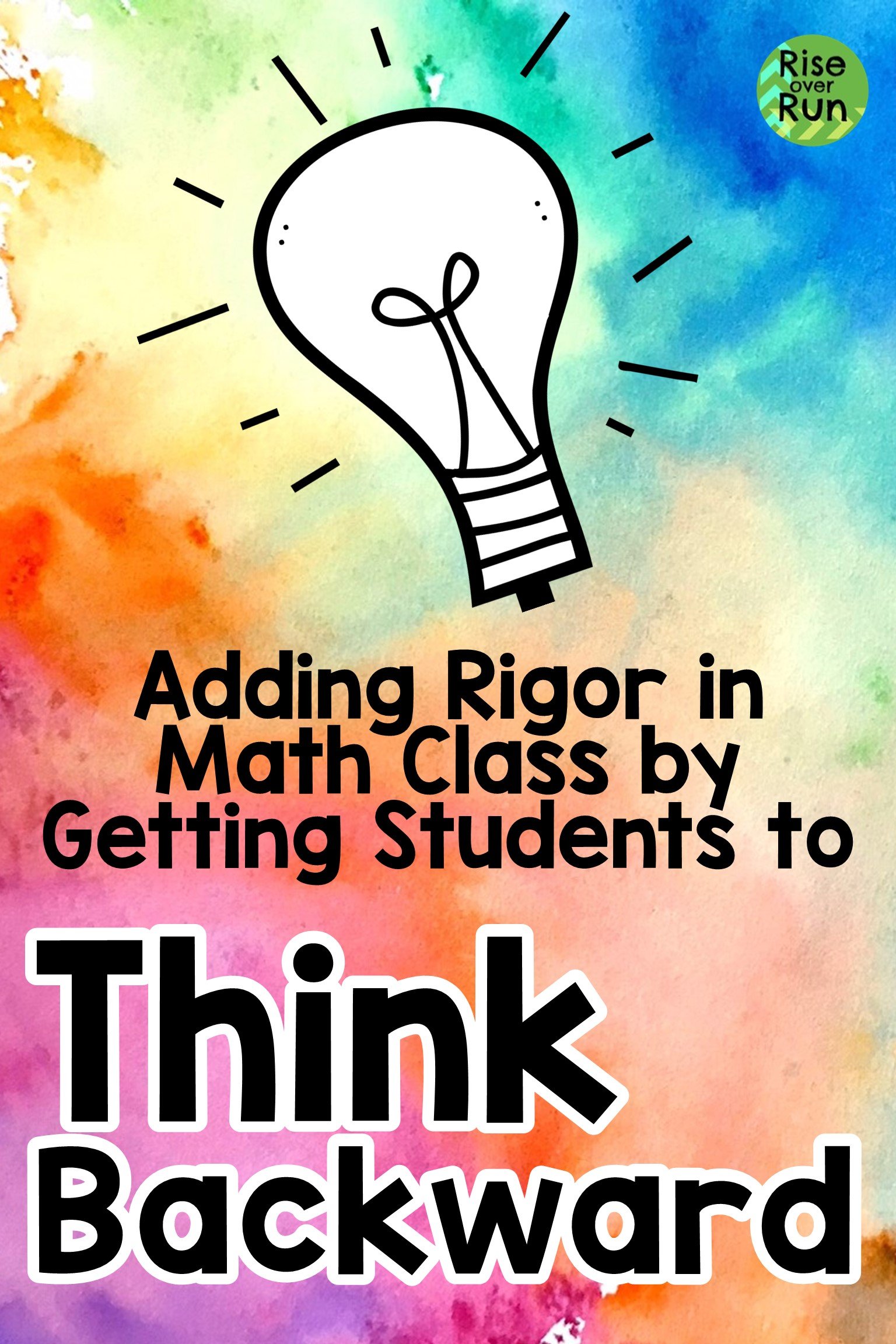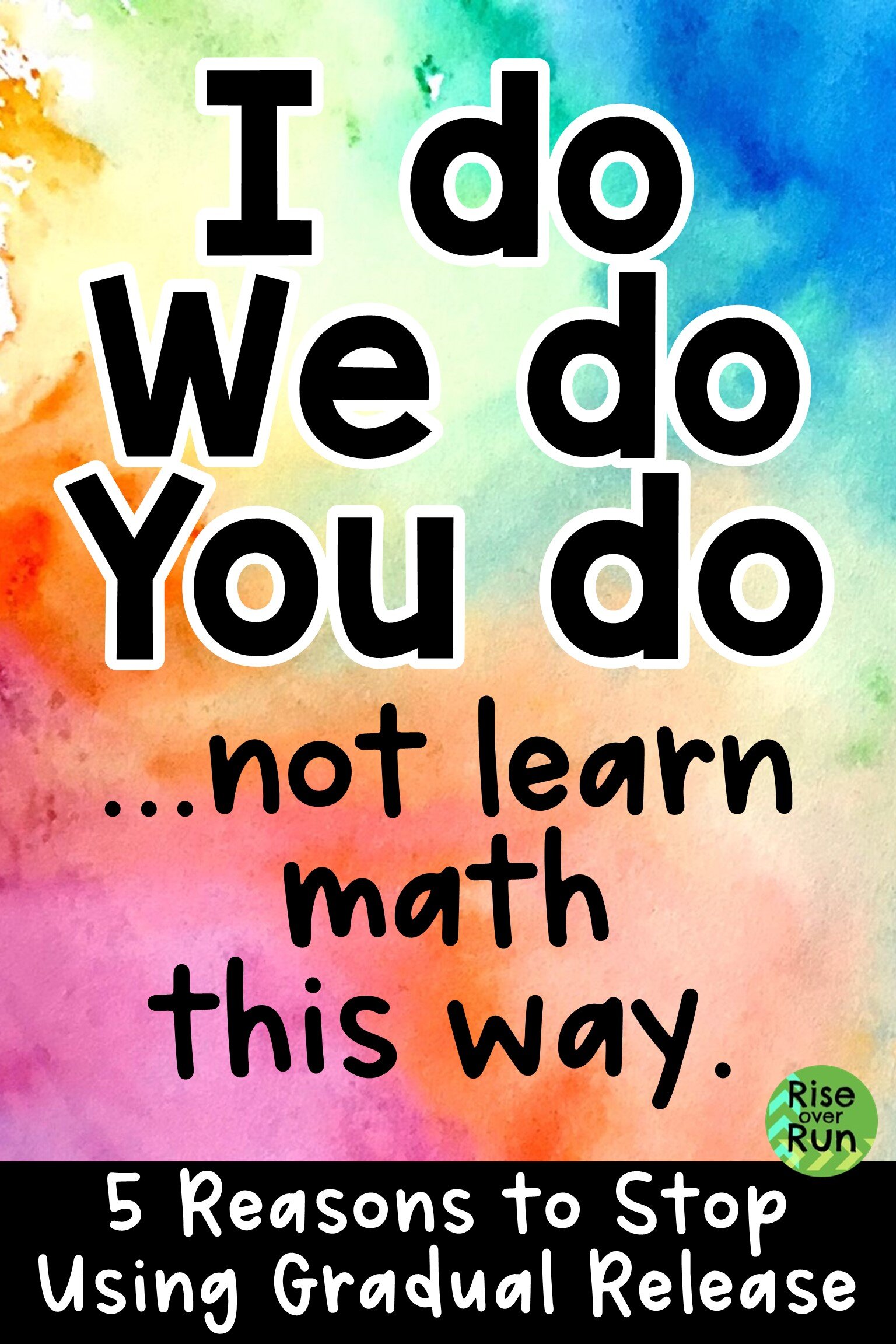
Math Manipulatives for Elementary, Middle, and High School Students that You Can Print!
Manipulatives have the power to make math come to life! They make math concepts tangible and accessible to students. Whenever we have the chance to make math lessons hands-on, they instantly become more engaging and meaningful.
In middle and high school, manipulatives are less common than elementary school. However, they are appropriate for all grade levels and all abilities. A common misconception is that manipulatives are only needed in early grades or for students who struggle. Let’s bust that myth! Manipulatives encourage deeper thinking and sense-making. Instead of following procedures without thinking, we can use manipulatives to help students reason and make sense of the math.

Math Instructional and Teaching Strategies
As math teachers, we are always looking for strategies that help our learners understand the concepts we’re teaching. I asked teachers on Instagram to tell me game-changing strategies that made their math lessons more effective. Several of the ideas were small changes that can have a big impact.

You are a Math Person: Promoting a Positive Math Identity with Students
Are you a math person? Do your students see themselves as math people? Students and teachers often hear that certain people are math people and others are not. The truth is that no one is born doing math, and everyone can get better and better at math. We also need to show students that being fast at calculations is not what makes someone good at math. Math takes hard work, thinking, problem solving, creativity, analytical skills, communication skills, and more. In short, there are many ways to be a math person. When we help students see they have many math strengths, they start to develop a positive math identity and see themselves as math people.

Winter Math Activities for Middle & High School
Seasonal math activities involving snowmen, snowflakes, penguins, hot chocolate, and all things winter can boost student engagement. I’ve collected some of my favorite math activities that have a winter twist. These are perfect for engaging practice, early finishers, a sub day, or right before winter break. I hope these will be fun for your middle and high school math students.

Productive Struggle: Fostering Deep Math Learning in Your Classroom with Discovery
Productive struggle is the process where students face challenging problems or concepts that they don't immediately know how to solve. However, they approach these challenges with hope and confidence, believing that with effort and perseverance, they can arrive at a solution. This is a mindset that takes time to develop.

Adding Rigor in Math Class by Getting Students to Think Backward
Rigorous math lessons are important for pushing student thinking and understanding. Today I’m going to share one change that can make a problem more rigorous. This technique can be use to create a problem solving task that really makes your middle school or high school math students think!
When students can solve a problem and then think about how to work backward, we are preparing them for success in algebra. It’s also a great practice for adding rigor to a lesson.
I decided to brainstorm some ways to put this idea into practice in different grade levels. Read on for inspiration.

Why We Shouldn't Use Gradual Release Often in Math Class
Gradual release is a method of teaching where the teacher starts out by showing how to do a procedure. (I do.) Then, the class works on a problem together. (We do.) And then finally students do a problem themselves. (You do.) The teacher is gradually releasing the responsibility to the students, the responsibility of getting an answer.
If we look at the Standards for Mathematical Practice, gradual release is not conducive for most of them.
